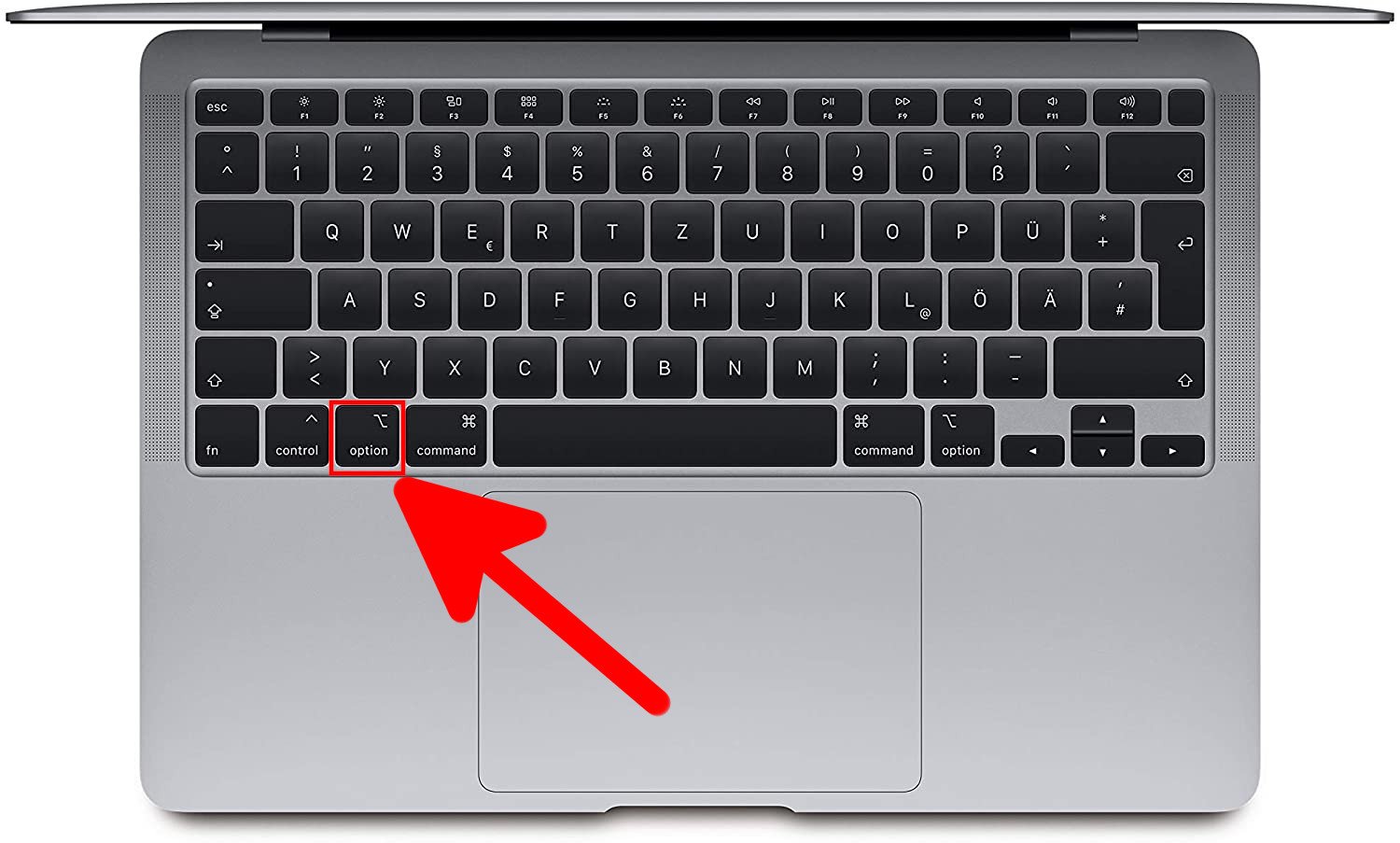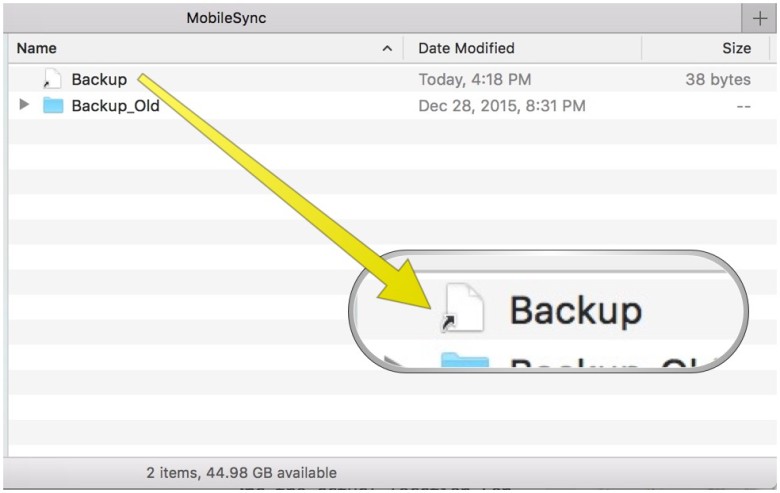

Mac symbolic linker manual#
SYNTHETIC.CONF(5) BSD File Formats Manual SYNTHETIC.CONF(5) This is available by entering the following command in Terminal on macOS Catalina:

After the reboot, the installers symbolic link should be missing from the root level of the boot volume.įor more information, please see the nf man page. To remove the symbolic link, remove the relevant entry from /etc/nf and then restart. When you navigate to it, you should see the contents of /Users/Shared/installers. If you use spaces instead, the synthetic firmlink won’t be created.Īfter the reboot, you should see a symbolic link named installers at the root level of the boot volume. When creating the separation between installers and Users/Shared/installers in the /etc/nf file, you need to use tabs. Note: Whomever designed this came down on the “tabs” side of the “tabs vs. Add the following entry to the /etc/nf file: Create the /etc/nf file if it didn’t already exist.Ģ. To create a symbolic link at the root level named installers which points to /Users/Shared/installers, I would do the following:ġ. To show how this works, I’ve created a directory containing installer packages located at /Users/Shared/installers.

Instead, it is the next directory level down. Note: In those cases where you’re creating a symbolic link and are including a path, the start point for the directory path is not /. After all desired entries have been made, save the /etc/nf file.įor example, /etc/nf may look like this: In /etc/nf, define the name(s) of the empty directory or symbolic link you want to have appear at the root level.Ĥ. Make sure /etc/nf has the following permissions:ģ. Create a file in the /etc directory named nf.Ģ. To create a synthetic firmlink, you need to do the following:ġ. For more details, please see below the jump. These synthetic firmlinks are how the OS enables folks to create directories and symbolic links on the read-only boot volume. The use of firmlinks is exclusively reserved for the OS’s own use, but Apple has also made available what are called synthetic firmlinks. Firmlinks are new in macOS Catalina and are similar in function to Unix symbolic links, but instead of only allowing travel one way (from source to destination) firmlinks allow bi-directional travel. To address this need, Apple added a new method for creating directories at the root level which leverages Apple File System’s new firmlink functionality. For users or environments which were used to using adding directories to the root level of the boot drive, this change meant they could no longer do that. I am think a much easier fix would be just to delete the basecamp folder from the Library/Application\ Support/Garmin folder but I know the terminal unlink takes care of everything.One of the changes which came with macOS Catalina was the introduction of a read-only root volume for the OS. The BaseCamp folder in Dropbox is not deleted but note easy useable anymore. When you open Basecamp, a new empty BaseCamp folder is created. The unlink actually deletes the BaseCamp folder in the Garmin folder If terminal does not open in the home directory, cd to home directory The Current version of BaseCamp offers a better solution. To create the symbolic link, open Terminal If you are somewhere else us cd to get to the home directory.
Mac symbolic linker mac#
Terminal on the Mac usually opens in the Home directory. I you did not have an internet connection, DropBox would save the changes and sync to the cloud and other Mac when you got a connection. When I linked the BaseCamp folder the Mac alias error appeared on the folder and it pointed to the Basecamp folder I placed in DropBox.

After a day of studying,I am making notes as to how I fix the problem and will post to the forum
Mac symbolic linker how to#
Problem is I forgot how to undo the link. When Garmin added the multiple liberties and locations the solution became much easier and symbolic linking is no longer needed. It worked great for 12 years until I opened BaseCamp on both computers at the same time and got them out of sync. Basically information you have added to BaseCamp. The BaseCamp folder contains your user data, waypoints, routes, etc. To sync the library between an iMac and MBP, I created a symbolic link to the Basecamp folder. About 12 years ago BaseCamp did not have options for multiple libraries stored in multiple locations.


 0 kommentar(er)
0 kommentar(er)
